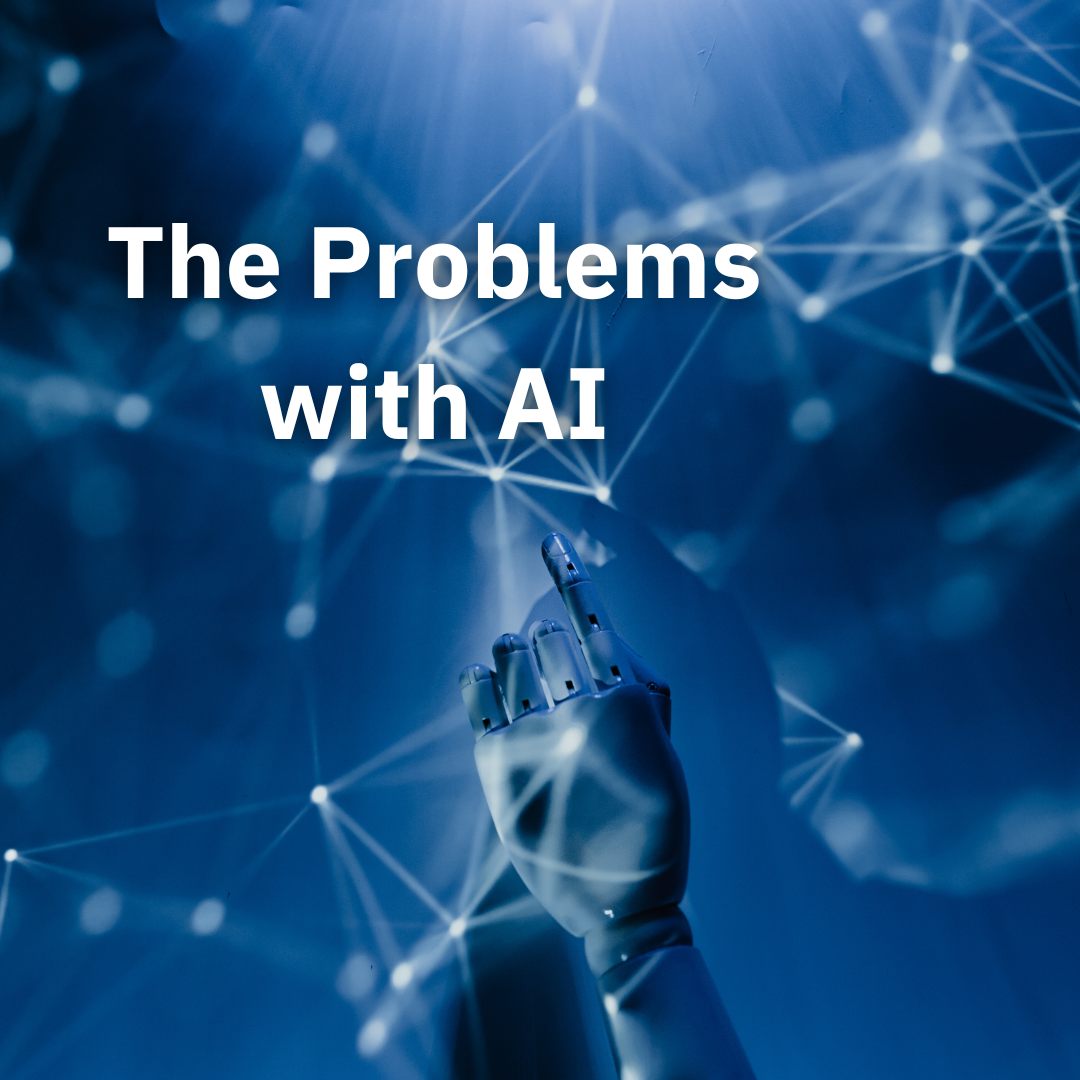AI technologies are also growing more complicated, while the inherent lack of transparency in AI becomes a major concern.
While AI is being used by a number of businesses, there is still a lack of knowledge of how it works. In this blog, we look at the advantages and disadvantages of AI's lack of transparency and how it can have negative implications for those who use this type of technology.
What is AI Technology?
Artificial intelligence (AI) is a type of technology that uses programming to solve problems. Machine learning, deep learning, and big data are frequently mentioned in combination with artificial intelligence.
Artificial intelligence is defined as the theory and development of computer programmes capable of performing activities and solving issues that would normally need human intelligence.
Visual perception, speech recognition, decision-making, and word translation are all activities that require human intellect, but computer programmes can already accomplish these tasks using their own intelligence and capacity.
How does it work?
Understanding the basic operations of AI is one thing, but knowing what AI is another. Artificial intelligence works by analysing data using a variety of sophisticated algorithms. It uses algorithms to trawl through massive data sets, learning from patterns and characteristics in the data.
In AI systems, there are several theories and subfields, including:
Machine learning
This makes use of neural networks to uncover hidden patterns in data without having to be told what to look for or what to infer. Machine learning is a popular method for programmes to discover patterns and grow in intelligence over time.
Deep learning
Deep learning makes use of massive neural networks with multiple layers, allowing it to analyse large volumes of data with complicated patterns due to its scale. Deep learning is similar to machine learning, but with additional layers and larger data sets.
Cognitive Computing
The objective of cognitive computing is for machines to have a human-like interaction with them. Consider robots that can see and hear, and then respond in the same way that humans do.
Computer Vision
Pattern recognition and deep learning are used in computer vision to comprehend a photo or video in AI. This implies that the machine can look around and shoot photographs or movies in real-time, as well as comprehend the environment.
What are the legal issues surrounding AI technology in business?
Disruptive technology advances more quickly than law. Artificial intelligence (AI) and machine learning will accelerate technological advancements even further, yet no one understands the scope of their possibilities.
Legislators in government offices who are over the age of 50 don’t consider modern technology as they should. However, as more organisations engage in AI, Big Data, and machine learning, the technical advancement continues unhindered by legal constraints.
The rise of AI has surely raised unexplored ethical, social, and legal challenges for consumers, corporations, and legislators.
Here are some of the major consequences of artificial intelligence:
- High Costs
- AI cannot replace humans
It is hard to dispute the fact that they can store a lot of data, but accessing that data is a time-consuming operation that is far more difficult than retrieving information from humans.
- Lacks creativity
The emotional quotient of human brains is high, and they are exceedingly sensitive. Simply put, AIs can become capable robots, but they will never be able to think like a human brain.
- Potential risks of unemployment
It's simple to understand why new technologies are becoming more often seen as a big threat to labour markets. According to some projections, up to 80% of employment will be digitised in the future decades.
Artificial intelligence tools like 3D printers and other technological advancements are all geared to excel at a narrow set of jobs. It is unlikely that AI will be able to replace full employment, which demands far more dexterity and adaptability in most circumstances.
Here is what you need to consider before investing in AI
Artificial intelligence is one of the fastest-growing businesses, with applications in virtually every industry.
You may be considering implementing this sort of technology into your company, so it is critical that you consider these steps first:
- Determine your business needs
- Make a list of your company's most important values
- Assess your company's readiness to support AI systems
- Look for suitable AI services
Artificial intelligence technology is fast developing and has numerous advantages, but we hope that this blog has also highlighted some of the more serious disadvantages of using it in enterprises.
Persona Finance strives to supply all of our clients with the most critical business, accounting, and legal services. For more information on how we can help your business grow, please contact us at [enquiries@personafinance.co.uk].



